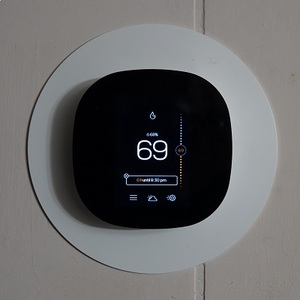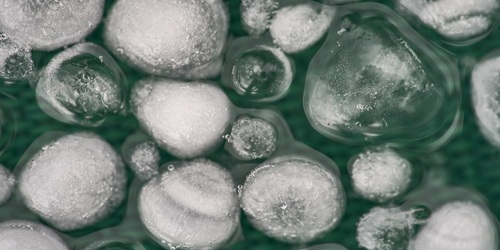

In a previous article, we covered an exciting new technology that could help to cut down on those summer electric bills, namely a type of paint which reflects nearly all of the incoming radiation from the sun. Another breakthrough in the realm of building cooling technology has recently been developed by researchers at RMIT University in Melbourne, Australia. This discovery is a type of spray-on clear coat that can be applied to both new and existing windows that allows them to be more energy efficient, and even function as dimmable “smart windows,” in the case of new installations.
More than just a clear lacquer, the new spray-on substance actually dries into a transparent electrode which is highly conductive, highly transparent, and over 100 times thinner than a human hair. The coating's main ingredient is tin oxide, along with other chemicals to improve its transparency and conductivity. The latest form of the technology requires that the glass be heated to a high temperature, over 752°F (400°C), prior to application. A chemical reaction occurs when the solution is sprayed onto the hot glass, such that any of the added chemicals are vaporized leaving behind a pure, clear, and very thin coating with the desired properties.
For existing window installations, this clear coating functions as a more basic sunlight filter, allowing visible light to pass through, but filtering out harmful UV rays and room-heating infrared radiation. This type of window is called low-E glass. However, in a new type of window, called “smart windows,” the glass becomes dimmable with the addition of a layer of liquid crystals sandwiched between two layers of this transparent electrode material.
Currently, this process can only be done in specialized facilities and is limited to applications on glass, but the researchers hope to further improve the technology to include the ability to apply to plastic and at lower temperatures. However, the discovery is a promising breakthrough in a global market which is expected to reach $19.6 billion by 2030 for smart glass and smart windows.






